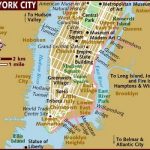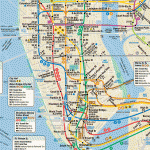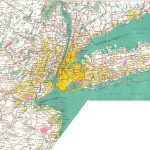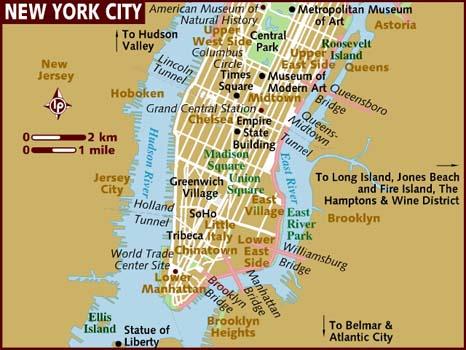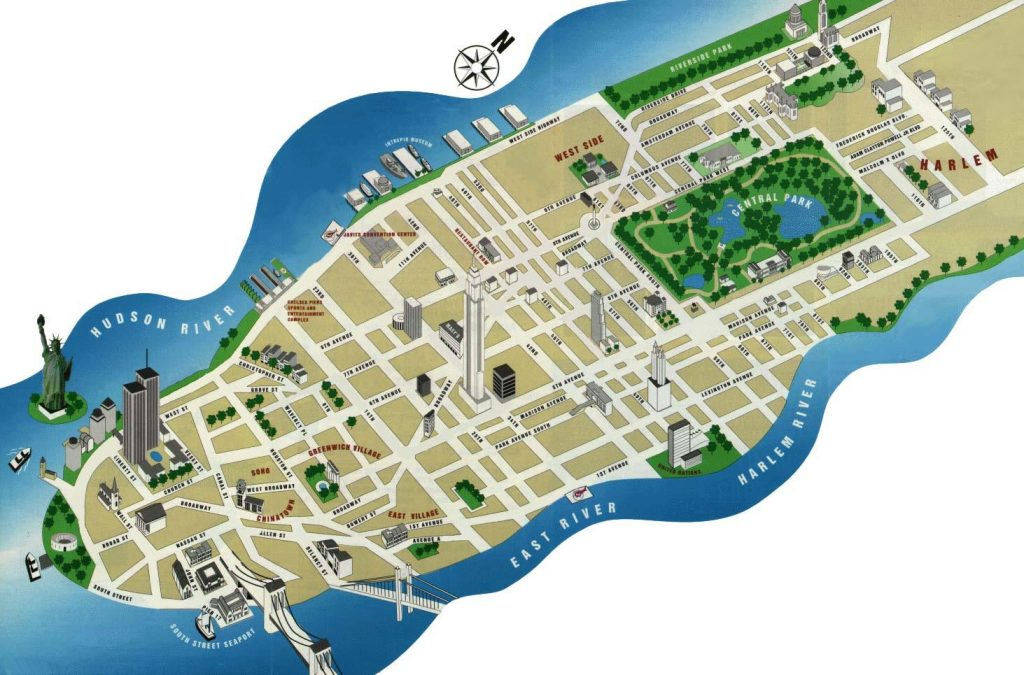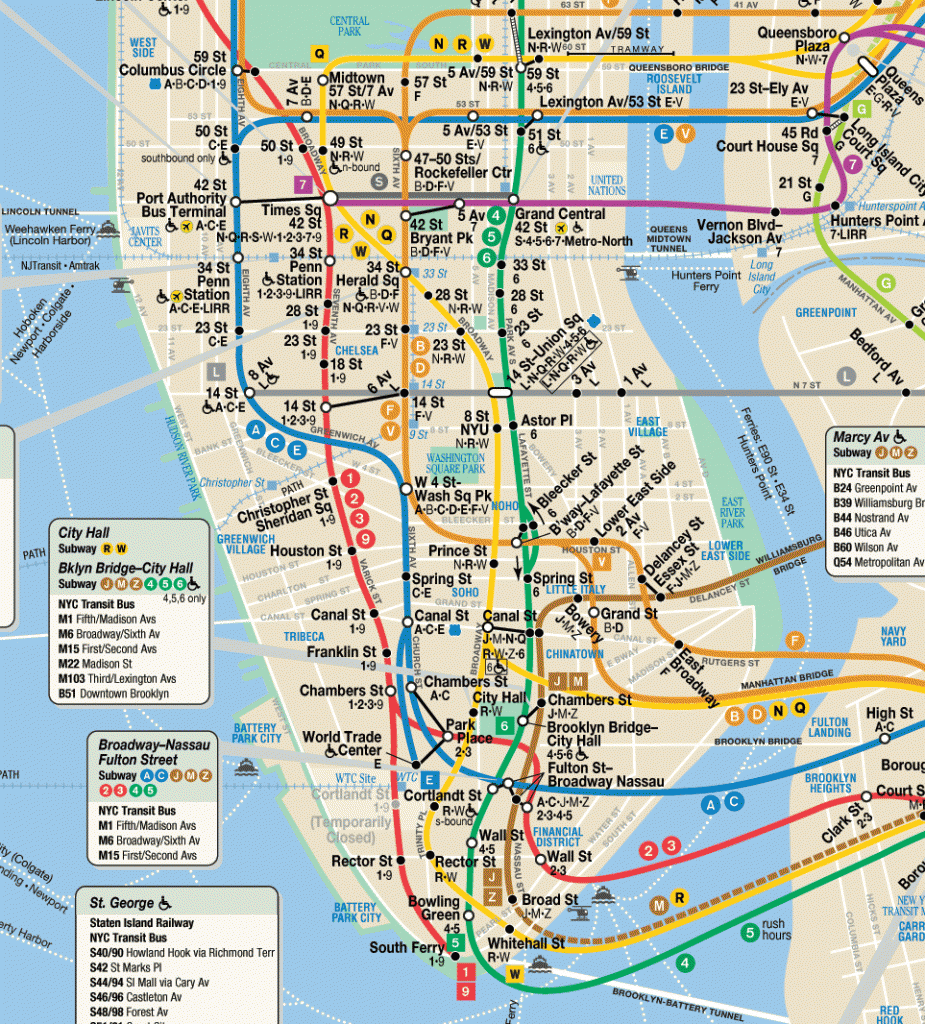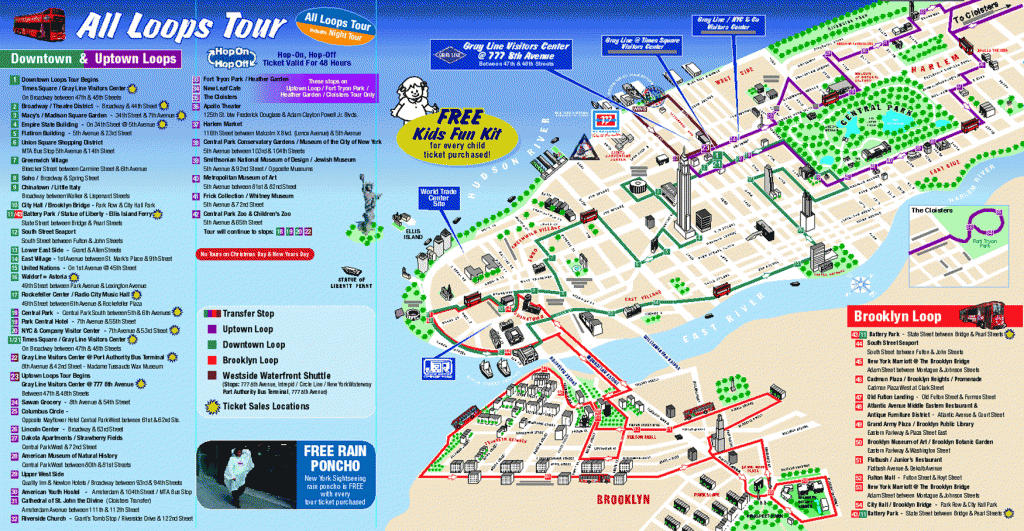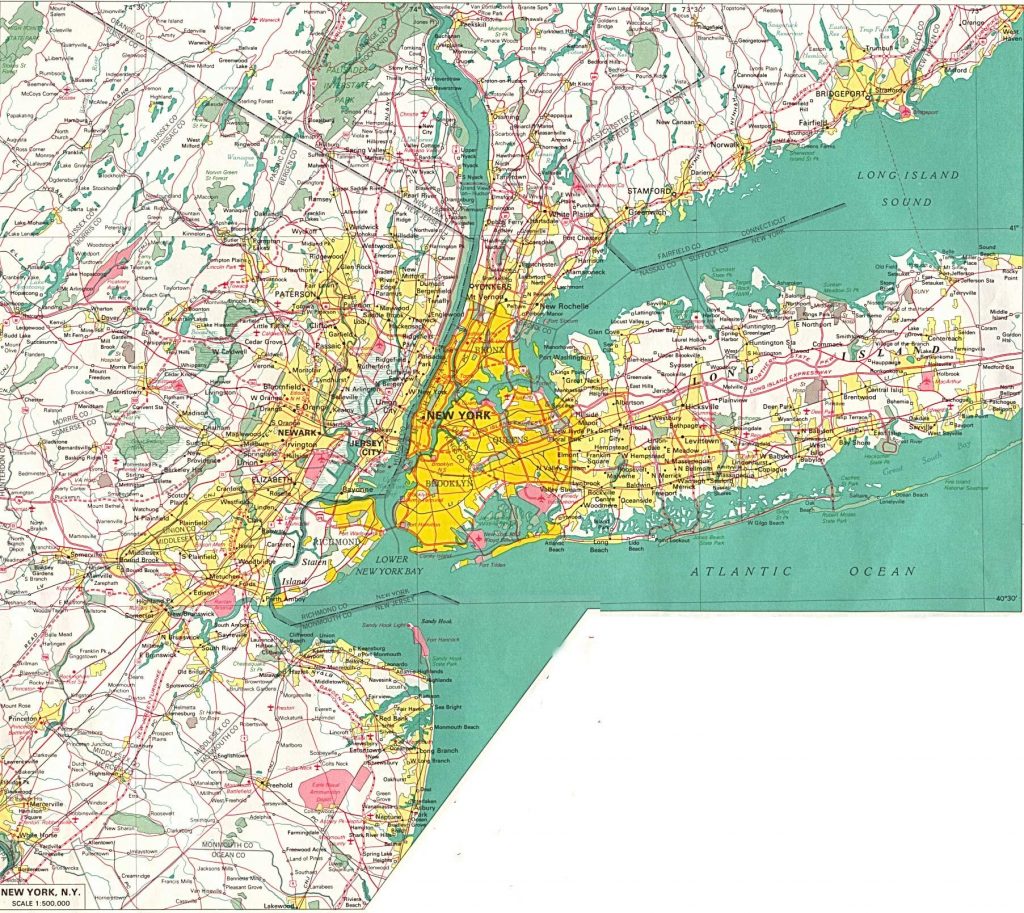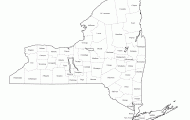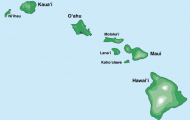In New York City, landowners were subject to fines if they failed to remove poisonous or foul-smelling weeds from the areas surrounding the front door of
their homes. In one New Hampshire town, landowners were required to cut down trees on their property that offended their neighbors. In contrast,
residents of Pennsylvania were required to plant foliage to improve the aesthetic value of their property.
Individuals as Property Owners in Colonial America
Upon arriving in colonial America, English settlers found an abundance of fertile and inexpensive land that could be acquired quite easily. It would be
inaccurate, however, to say that all people immigrating to the American colonies were able to own property of their own. The right to own property was
often tied to one’s religious beliefs, social status, race, and gender.
Availability and distribution of land was intertwined with political patronage and nepotism, and the stability of ownership was often precarious. Following
the Spanish and Indian Wars, for example, higher taxes were imposed to cover the immense war debt. Small-scale Southern farmers were the hardest hit
by this legislation. Finding it difficult to remain competitive in agricultural markets, they were forced to sell their holdings to large plantation owners at
prices far below the land’s actual value. The scene was thus set for the emergence of an economy based on elitist planters and tenant farming.
Regional differences also played a significant role on property ownership. In New England, where communal goals were elevated above the interests of
the individual, land ownership bore a direct relationship to an individual’s character. Land was sold only to a town’s male residents, and then only if such
men were able to pass religious and moral tests administered by the town fathers. Such tests were designed to ensure godliness among the town’s
inhabitants and to foster solidarity within the group. Still, land distribution in the New England colonies was perhaps the most comprehensive, providing
the majority of male settlers the opportunity to own a share of the available land.
Immigrants to other colonies often did not find it as easy to become landowners. In agricultural regions like the colonies of Virginia and Maryland,
indentured servitude was one way by which laborers could eventually acquire property of their own. Working six days a week, often ten or fourteen hours
each day, the life of an indentured servant was a hard one. Like slaves, they could be disciplined or even sold by their masters, and they faced severe
punishment if they attempted to run away. Once an indentured servant fulfilled his obligations, however, he might be rewarded with money, livestock, corn,
tobacco, tools, and, sometimes, land of his own. Thus, indentured servitude afforded many men the opportunity for social and economic mobility.
There were two categories of individuals in colonial America who were prohibited from entering the world of property ownership and control of land: slaves
and married women. Unlike indentured servants, Africans who were brought to the American colonies as slaves did not have the hope of earning their
freedom and acquiring property of their own. Rather than earning the right to own individual property, they themselves were viewed as a commodity that
could be bought and sold. Generations would pass before such individuals would gain their freedom by manumission or by buying their freedom from their
masters. Only then would they be able to count themselves among other members of the landed population. There were some early examples of
successful free blacks owning land, but these were exceptions.
Married women were also legally handicapped, unable to act independently of their husbands in matters of property ownership and control. Some legal
protections of a woman’s and her children’s rights did apply on the death of the husband.

